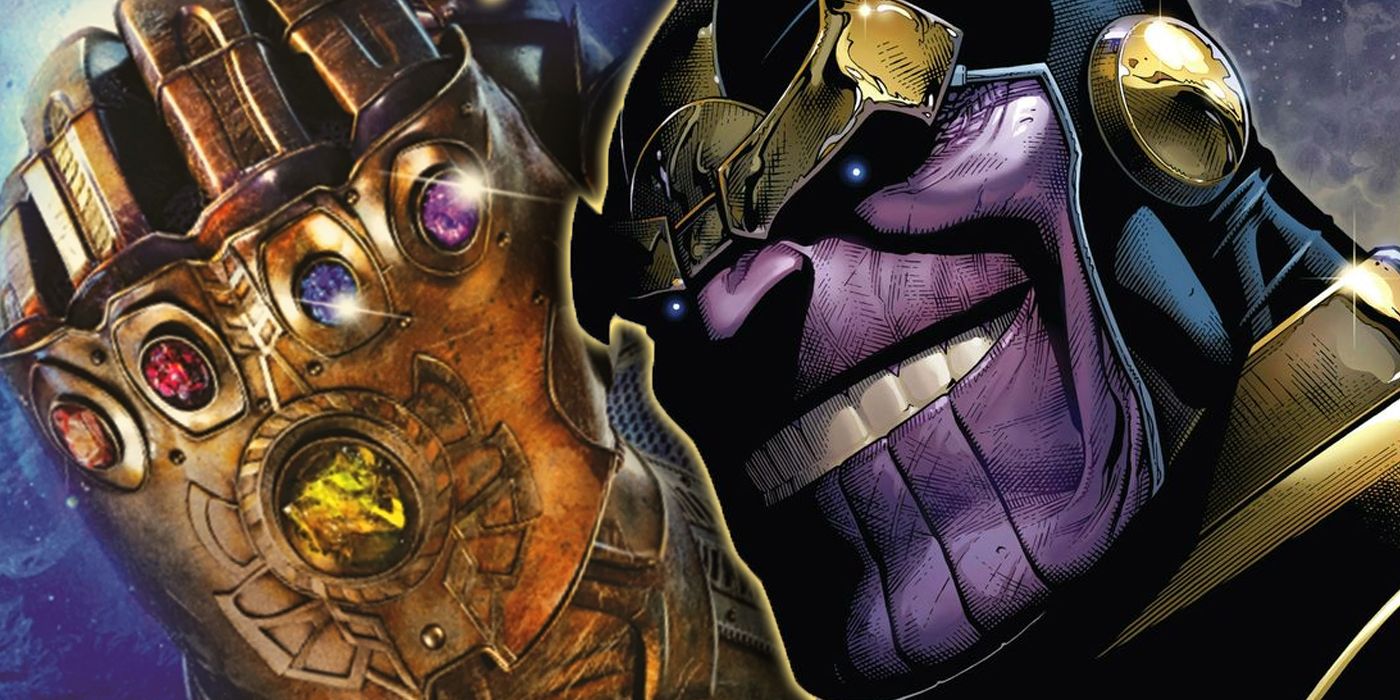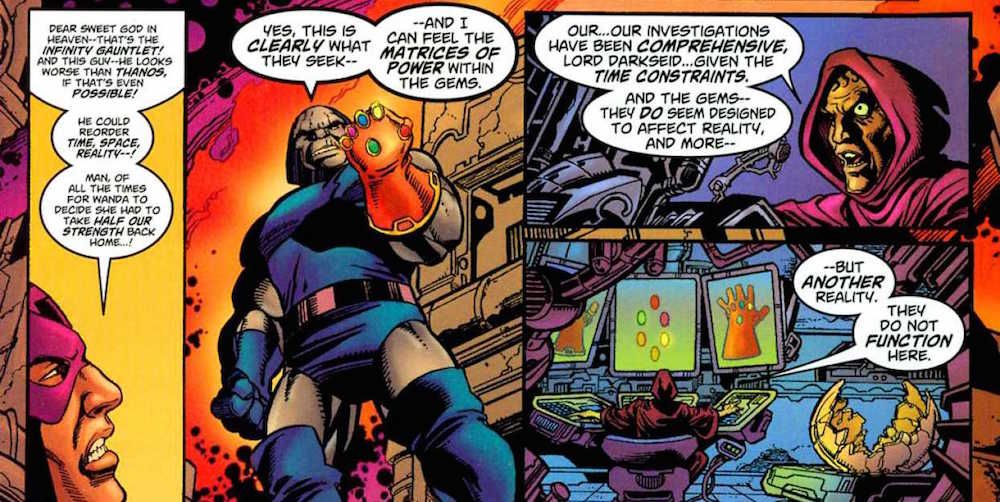When audiences were reintroduced to some of the greatest heroes within the Marvel Cinematic Universe five years after their brutal defeat by Thanos and the resulting Snap, the Avengers were a group of broken individuals, afraid to reflect on their failures and desperate for the opportunity to rectify their mistakes. This chance came in the form of Ant-Man and the Pym Particles. Using this tech, the Avengers embarked on a mission through time to collect the Infinity Stones and return all the people that had been lost. As a result, Avengers: Endgame saw the heroes' greatest victory, built from their determination and sacrifice. Yet, based on one big rule of the Marvel Universe, this endeavor should have never succeeded in the first place.
To understand how one rule of the Marvel multiverse could have prevented the Avengers from returning those that were dusted by Thanos, it is vital to discuss the MCU's own rules when it comes to time travel. As Hulk states blatantly, one cannot return to their actual past. Instead, traveling back in time means that their past has just become their new present, which is distinct from their pre-established past.
Thus, within this version of time travel, the Avengers were merely traversing alternate universes at certain points within their own pasts. Because of this, the escaped Loki, who will soon be finding himself a new occupation, holds no effect on the Loki that died by Thanos' hand. He is from an alternate universe, one that changed when Captain America, Hulk, Iron Man and Ant Man arrived.
Based on this depiction of time travel, the Infinity Stones that were used to reverse the Snap and defeat Thanos should never have worked at all for the Avengers. Although the Infinity Gauntlet may be an all-powerful weapon within any universe, comics have also shown it to be a device whose power is limited to its universe of origin. In this sense, for the Infinity Stones to hold any power over reality or the other elements of the universe, it must be in the universe that directly corresponds to those Infinity Stones. If taken out of their original universe, the Stones are rendered useless, only holding a flicker of their original power.
This rule was first majorly established in JLA/Avengers, from Kurt Busiek and George Pérez, where the Avengers and the Justice League fought to save their merging universes. During this event, Darkseid was able to acquire the Infinity Stones, preparing to unleash massive damage on the heroes of two universes. Instead, after placing the gauntlet on his hand, Darkseid was disappointed to feel little to no power from the device. Speaking to DeSaad, it was confirmed that the Infinity Stones could only work in their home universe, making them completely useless to Darkseid's own mission of conquest.
Later on, in the build-up to Secret Wars, it was again shown that the Infinity Gauntlet held no power over other universes. As the multiverse began to collapse, Captain America's use of the Infinity Gauntlet to prevent an alternate Earth from destroying Earth-616 led to most of the Infinity Gems shattering from the strain. Even as the walls between realities were collapsing, the Stones could still only take action directly within their realm of existence.
In the main timeline of the MCU, the Stones were destroyed by Thanos, who saw them as mere temptation for others. When the Avengers created their own gauntlet, following the rules of the Marvel Comics, the Infinity Gauntlet should have proved ineffective in salvaging their own universe. In any case, the fact that the gauntlet still worked speaks to the MCU's own rules when it comes to the nature of their reality. Just as their time travel is inherently different to the Prime Marvel Universe, it seems that their Infinity Gauntlet also holds some key differences from the one that comic fans know.



